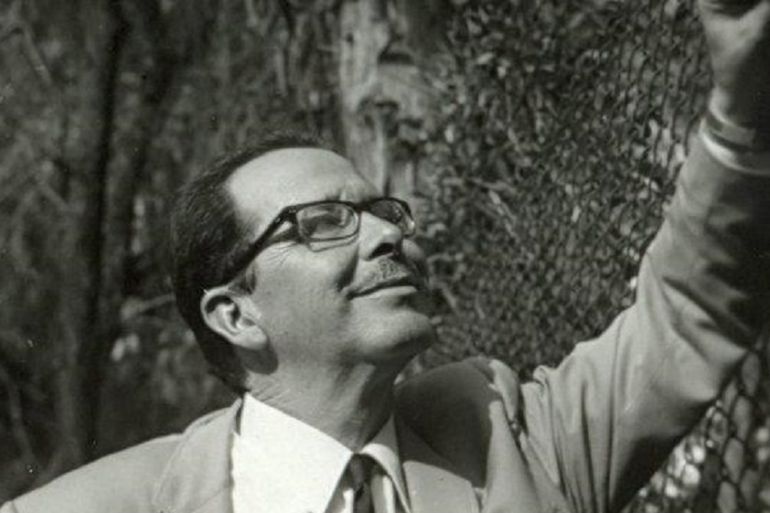Guillermo Haro: Why Google honours him today
Before him, ‘astronomy was in a stagnant state in Mexico’.

Described as one of the greatest Mexican astronomers and hailed as the “priest of the telescope”, Guillermo Haro would have been 105 years old on Tuesday.
Haro grew up during the Mexican Revolution and while he was a recognised astronomer, he didn’t always want to be one. He studied philosophy at the National Autonomous University of Mexico and intended to go into law, but later his path changed.
This is his story:
Mexican Revolution
-
Guillermo Haro was born on March 21, 1913. Growing up during the Mexican Revolution and concerned over his country and the changes that were taking place, he decided to study philosophy.
- However, during his time as a student, he met Luis Enrique Eroz, a Mexican astronomer and politician who encouraged him to change his path. Haro started working as Eroz’s assistant at the Tonantzintla Observatory.
-
Between 1943 and 1947, he went on to train at observatories in the US, including the Harvard College Observatory and the Case Institute of Technology, embarking upon a career in astronomy.
-
“He was a passionate man … and he had character and decisiveness. He went to Harvard … and convinced the director of Harvard University,” Julieta Fierro, a Mexican astronomer, explained.
|
|
Astronomy
-
Later, Haro returned to his natal land, and in 1945 started working in Tonantzintla again.
-
During this time, he met his wife, the pre-eminent Mexican writer Elena Poniatowska. She said she was drawn to his intellect.
-
In interviews, she narrated how, in his childhood, Haro discovered, thanks to his mother, on a trip to Cuautla, that behind the mountains there were other mountains, and that behind them, others. He realised the world didn’t end in those mountains. According to Poniatowska, this was fundamental in his decision to follow the path of astronomy.
- “Before Guillermo Haro, astronomy was in a stagnant state in Mexico,” Arcadio Poveda, a Mexican astronomer told local media.
Red and blue stars
-
Among his biggest contributions was the discovery of a type of planetary nebulae named Herbig-Haro objects.
-
He also discovered flare stars – red and blue blight stars – in the region of the Orion constellation.
- Haro listed 8,746 blue stars. In 1956, he listed 44 blue galaxies, and discovered T Tauri stars, a supernova, more than 10 novae and a comet.
-
“Haro did not lower his guard, he always wanted to do more, he wanted to go further, he wanted the country to be transformed,” Manuel Peimbert, one of his students, told local media.
-
These contributions led to Haro becoming the first Mexican elected to the Royal Astronomical Society in 1959, alerting the rest of the world to the emergence of serious astronomy in Mexico.
- He was one of the founders of the Mexican Academy of Sciences and served as its first president in 1960. He was also recognised for establishing the National Institute of Astrophysics, Optics and Electronics to help support science students in their careers.
He wanted the country to be transformed.